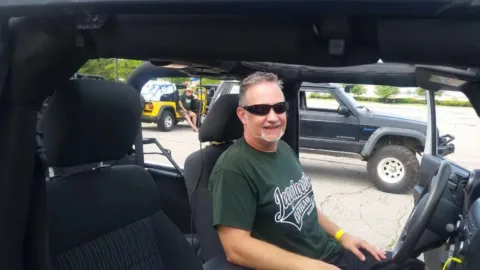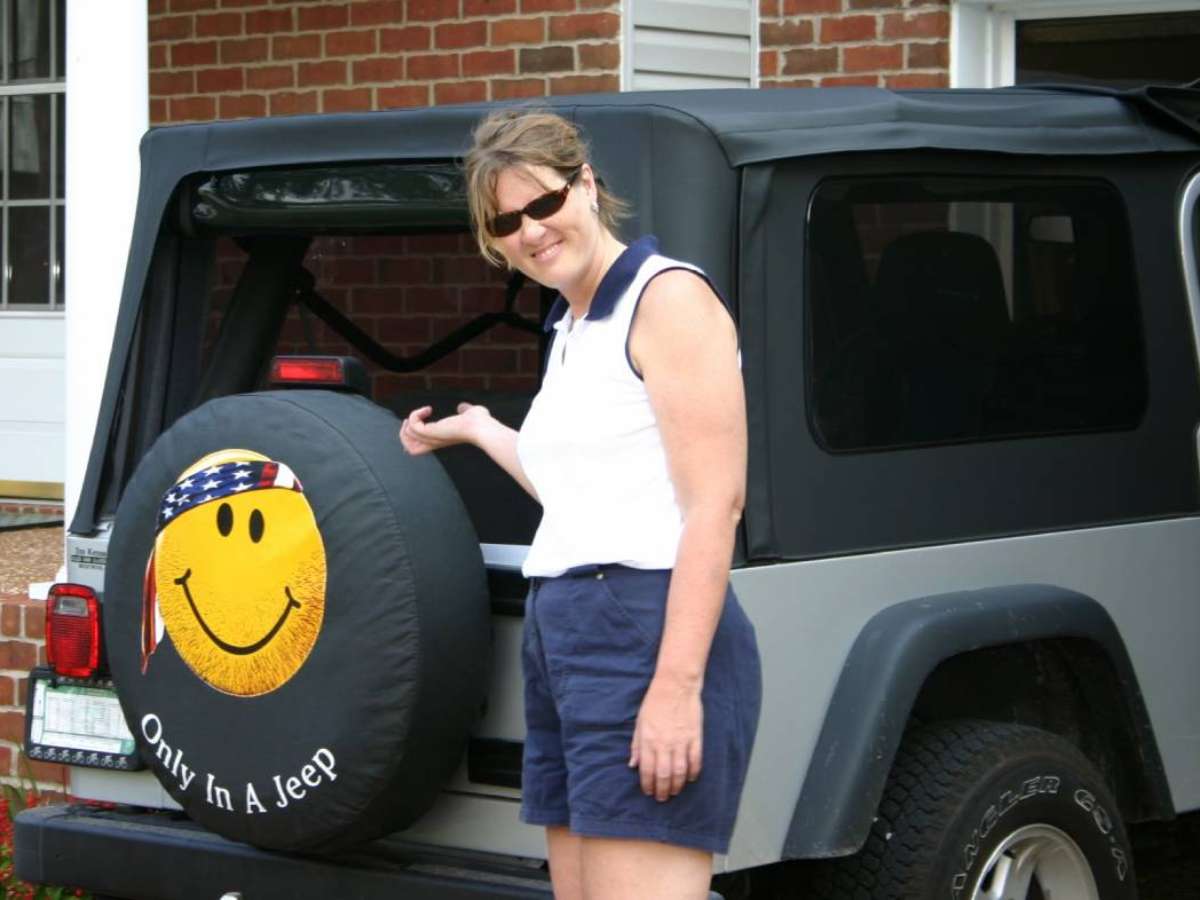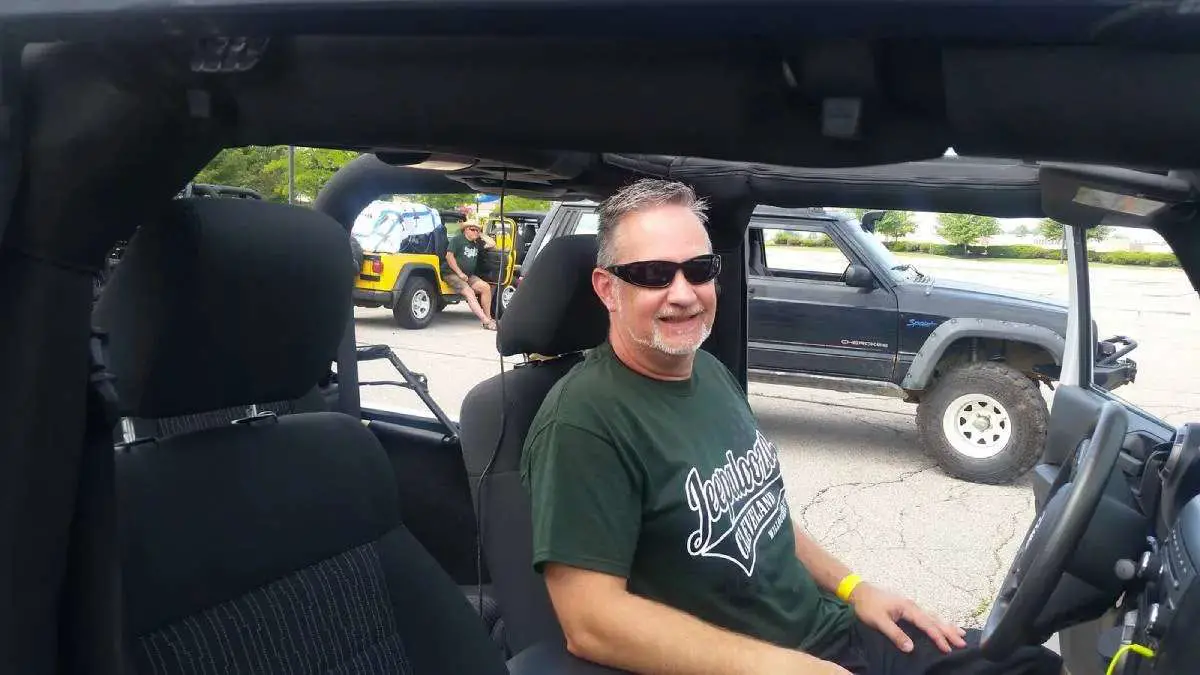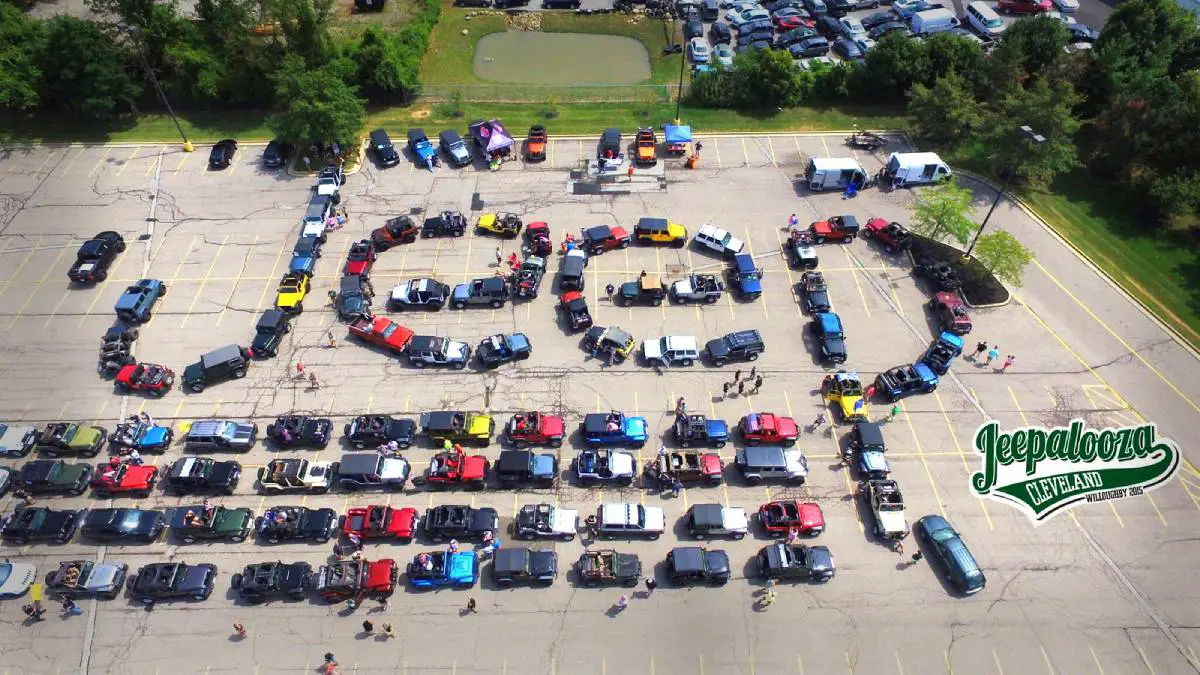I’ll never forget the first time I experienced the dreaded death wobble in my CJ-7.
I was approaching 45 mph on a flat dirt road when all of a sudden I began experiencing a deafening front-end vibration that simultaneously made it hard to hold onto the steering wheel. It felt like I was going to lose control of my rig.
Needless to say, it was terrifying.
Fortunately, after some trial and error and troubleshooting on the part of my local mechanic, I was able to fix the problem for good (fingers crossed).
In the spirit of helping fellow Jeep owners avoid this situation, following are my tips — based on personal experience, stories from fellow riders, and research — to fix the death wobble in your Jeep.
What Exactly Is The Death Wobble?
Technically speaking, death wobble (or bump steer, as it’s sometimes called) is a culmination of:
- violent shaking of the front-end suspension
- that’s exacerbated by speed
- which triggers an oscillation of the steering wheel
- and makes it hard to hold on and maintain control
When you experienced it for the first time, you probably recognized immediately that it was the dreaded Jeep death wobble (like I did).
The experience gives you the sensation that you’re going to careen out of control — even though your vehicle is still going in a straight line.
Death Wobble, the horrible front end vibration that starts when one wheel (usually the right) hits a bump around 40-50 mph, is the worst possible downside to having a coil-sprung vehicle with a track bar setup. Vehicles affected by this design are the Jeep Cherokee XJ, the Grand Cherokee ZJ and WJ, Jeep Wrangler YJ, TJ, and JK, and also include Ford and Dodge trucks and early Ford Broncos.
— KevinsOffroad.com
What Causes The Jeep Death Wobble?
While the symptoms of death wobble are easy to recognize, the causes are not.
Whether or not your Jeep will experience the death wobble depends on a variety of factors, including:
- Age and model of your Jeep
- Steering & suspension parts and configurations
- Wheel balance
Typically occurring between 45 and 55 mph, death wobble is caused by one or more problems with the front end or tires. That’s part of the problem. Drive train and suspension systems are so complex nowadays, it can be tough to pinpoint what caused the death wobble.
— 4x4Training.com
The Death Wobble Fix That Worked for Me
After I experienced death wobble, I immediately began tinkering under the hood for any obvious signs of loose wiring or misaligned parts. Pretty quickly, however, I realized I wasn’t going to be able to solve the problem on my own.
Because my CJ-7 is a vintage model, and because I’m not particularly mechanically inclined, I took it to a local auto shop I trust.
They started by testing my Jeep’s steering and front-end suspension system for any signs of play.
In the end, we:
- Replaced the steering stabilizer with a heavier-duty aftermarket component
- Upgraded the worn steering and suspension parts (my joints and tie-rod ends, in particular)
- Aligned the steering within specifications
- Re-balanced the wheels
Despite these fixes, however, my CJ7 was still experiencing mild shaking at higher speeds on the road.
A return trip to my mechanic determined new internals for my steering box were also in order.
The result? So far, so good!
What You Should Do

Because one size doesn’t fit all when it comes to fixing the Jeep death wobble, I’ve come up with a checklist of components to hone in on to address the issue head on.
Whether you aim to fix the problem on your own (there are plenty of YouTube videos that may address your particular model) or take it to a professional, these steps should help:
- Check all your steering components — including your tie-in rods, upper and lower ball joints, track bar mounting, bracket bolts, steering box brace, and track bar ends
- Check your front-end alignment (ensure that the caster and toe-in are set correctly)
- Make sure your tires are not overinflated (around 30 psi is recommended for stock tires)
- Make sure there’s no slop in your hub bearings
- If you have suspension lifts over 3 inches, consider replacement parts made specifically for lifted vehicles
Follow-Up Maintenance Is Important
If you’ve successfully eliminated the problem (that is, if you haven’t experienced the death wobble for some time), don’t rest on your laurels.
It’s important to perform regular checks of the components or configurations you’ve fixed to make sure they are intact.
To date, by doing the same, I haven’t experienced any more death wobble — although the memories are always in the back of my mind and seem to be re-triggered every time the speedometer goes over 40 mph.
Just because this phenomenon comes with the territory of owning a Jeep, doesn’t mean it can’t be conquered.
Here’s wishing you many death-wobble-free miles ahead in your Jeep, as well.



